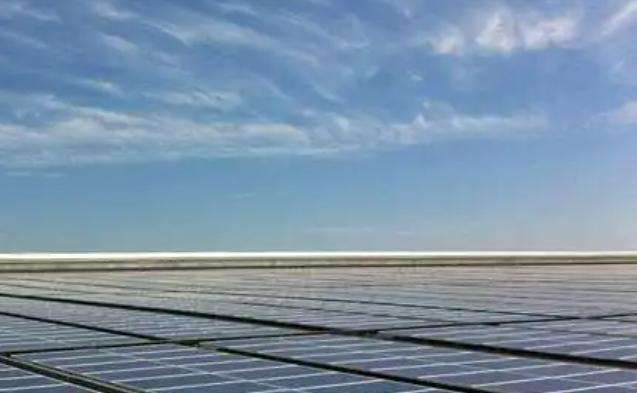237.1.
In the standard state of 298.15 K, 101.3 Kpa, the standard Gibbs free energy for the formation of liquid water is -237.1 kJ/ mol. In turn, the energy consumed in the electrolysis of water is 237.1. kJ/mol. One kilowatt hour of electricity is equivalent to 3,600 kilojoules, so under the most ideal conditions without energy loss, 15.18 moles of oxygen and 30.37 moles of hydrogen can be generated. The specific volume should be calculated using the Van der Waals equation. One mole of ideal gas is approximately 0.0224 cubic meters.
Under ideal conditions without loss, 1 kilowatt hour of electricity produces 25.2 grams of hydrogen. In practical applications, the electrolyte has significant resistance loss and heating, so the electrolysis efficiency is very low, generally reaching only 30-50%. Additionally, the efficiency changes significantly during the process of electrolysis, similar to the discharge efficiency of an electrolyte. battery. Therefore, under normal circumstances, 1 kilowatt hour of electricity can only produce about 10 grams of hydrogen.














